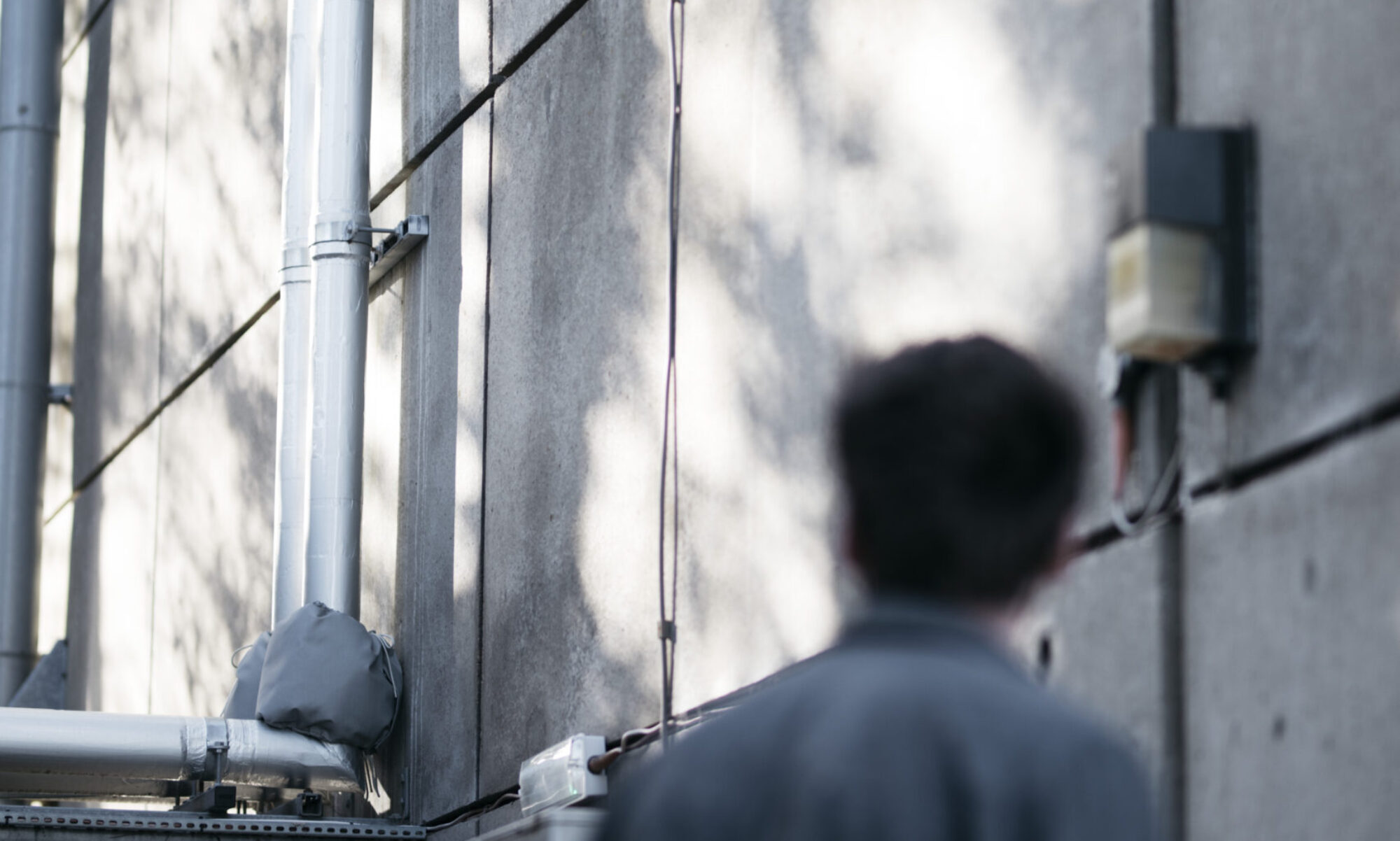My journey in finding a client
Outline
- Introduction
- Description
- Feelings
- Evaluation
- Analysis
- Conclusion
- Action plan
Introduction
After overcoming my writer’s slump, I want to make a short and final post to talk about my experience in looking for a partner for my exhibition. I found the Gibbs’ Reflective Cycle (GBC) framework especially fitting for this experience as it allows me to talk about it in a structured but meaningful way. I will go over each stage of the experience by using the GBC headings, from description of the situation to my action plan.
Description
In the beginning of my outreach project journey, I knew I wanted to approach a client that is a player in the sustainable fashion industry to ensure my project gets to my intended audience. I hoped to create a link with Sustainable Fashion Scotland or Fashion Revolution Scotland, both of which play a significant role in communicating the environmental and social damage of the fashion industry to Scottish communities. But after contacting both through multiple communication channels, not only I wasn’t successful at securing the link with any of them, they didn’t even reply to any of my messages or follow-ups. I ended up asking Pivot Earth, a small sustainable fashion business that I was already in contact with, to be my client.
Feelings
This has left me feeling as if my messages weren’t well-written, even though I was sure of their conciseness and catchiness, but most importantly, I was worried that my project won’t make a significant difference and it will be another school project with no real-world application. It was a failure to use an existing link (how stupid!!!) and not being able to appeal to people outside of my reach.
Evaluation
What I needed to realize is that this didn’t mean I couldn’t still make a link with another important client in the industry, or that the success of my project isn’t connected to their presence in it. It wasn’t ideal, but there were many other options for me to choose from. But I was still feeling like I wouldn’t get the support from other bodies as I would from these two organizations.
Analysis
Later, with help of my client Jack from Pivot Earth, I realized the fact that the experience didn’t go well wasn’t my fault and it’s due to the closedness of the sustainable fashion industry (paradoxically mirroring conventional fashion systems). What was important was that I tried my luck. I didn’t fail, and using a contact that I already didn’t mean it couldn’t be a useful experience. Looking back, the contact I had with Pivot Earth is something I established myself, only a little bit earlier than the start of this academic year, and using it meant we could strengthen our bond.
Conclusions
I learned that it’s pointless to dwell on details, and especially to dwell on negative – or missing – feedback. This could have been a way more enjoyable situation if I didn’t put pressure on myself for writing compelling messages and insisting on specific actors. At the time, I could have been more flexible and less critical of things that are not in my control. Focusing more on my mental wellbeing is key and will help me navigate between failure and personal development.
Action plan
Next time when I am faced with something that feels like a personal failure, I will try to understand where is this feeling coming from. Being more flexible will help me see other options as positive additions to my development rather than substitutes for something that could have been perfect. I cannot make sure I will not feel demotivated by small failures, but understanding why I feel that way will help me have more compassion and appreciation for everything life has in store for me.
